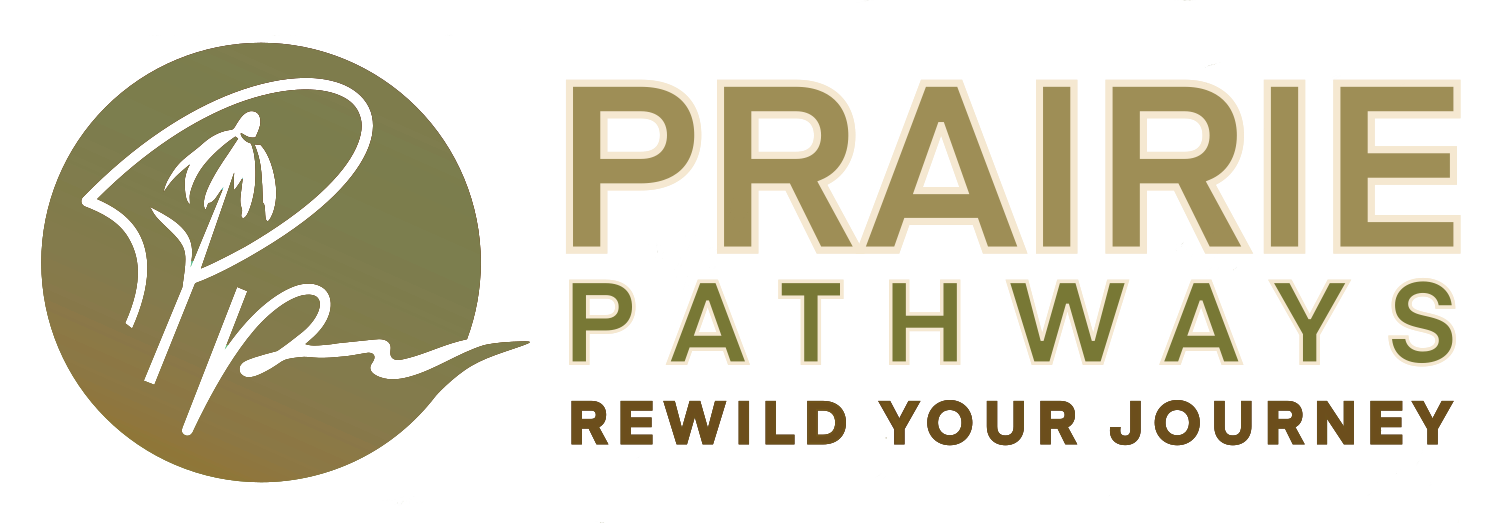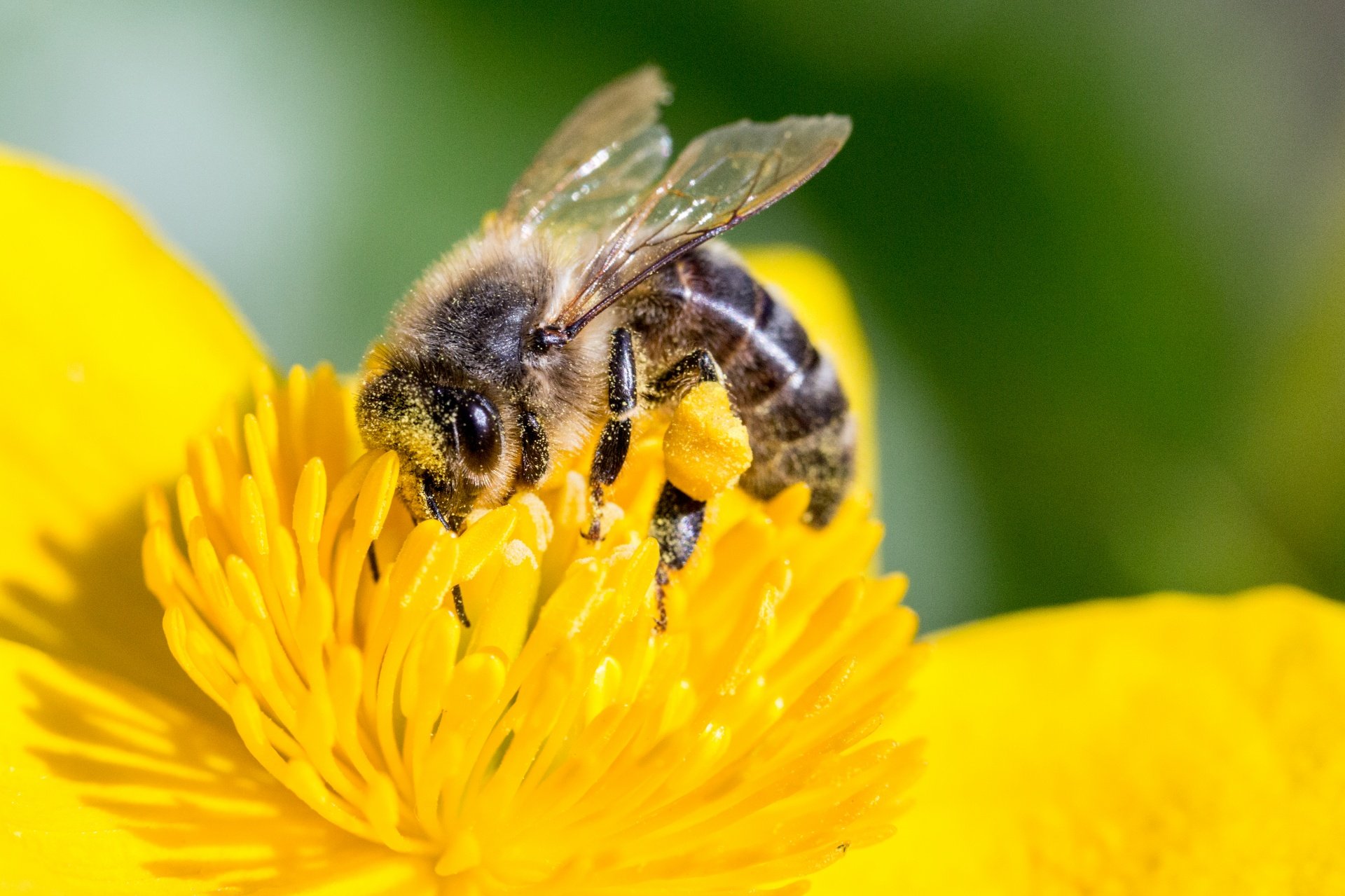A Different Kind of Buzz
We have many misconceptions about bees.
Most of us cannot tell the difference between a bee and a wasp, much less make distinctions among the different kinds of bees that are native to our area (between 400-500 bees!). We tend to think they’re all yellow and black, sting, and hang out in hives. Triple false.
Some of our bees are black; others are blue and some, like the sweat bees, are metallic green. Only the females can sting and, even then, it’s the females of certain kinds of bees. As for the hives myth, honeybees are hive dwellers, but they are the minority. Most native bees are solitary and live in different places, such as the ground or in old wood.
While butterflies are the poster child of pollinators, bees are the number one pollinator of the majority of fruits, nuts and vegetables grown in the United States and worldwide. They also pollinate almost 80% of all flowering plants (USGS 2015). We thus need bees in a way that they will never need us. Despite this primordial fact, we often pay too little attention to the ways we can support bees in our gardening and landscaping practices.
And bees need our support. The historical ranges of many native bees have been substantially reduced and within the remaining ranges, of those bees studied, numbers are declining. Some scientists attribute climate change and the use of pesticides (especially neonicotinoids) to their declining geographical range and population numbers. Others point out habitat loss and destruction, as well as “stressors” that make them unable to stave off disease. One such stressor is floral insufficiency, which basically translates to a lack of diverse flowering plants in the places the bees inhabit.
This is where we come in. One of the most efficient and easiest ways to support the bees upon which we depend is to plant more flowering plants in the spaces we tend. Bees need food throughout spring, summer and fall and we should try to include a bee attractive flowering plant in each of these seasons. The University of Illinois Extension provides ideas on gardening with bees in mind (see the Resources).
As we move into the summer, let’s get some of our buzz from doing good in the garden. Let’s plant with the bees in mind.
Resources
Michigan State University. 2017. “What do you really know about bees?” https://www.canr.msu.edu/news/what_do_you_really_know_about_bees.
Sarver, Matthew J., ed. 2007. “Delaware Native Plants for Native Bees.” Dover, DE: USDA NRCS and Delaware Department of Agriculture. https://www.udel.edu/content/dam/udelImages/canr/pdfs/extension/environmental-stewardship/lawn-and-garden/Delaware-Native-Plants-for-Native-Bees.pdf. (Most of the plants listed are also native to our region).
United States Geological Survey (USGS). 2015. “The Buzz on Native Bees.” https://www.usgs.gov/news/featured-story/buzz-native-bees.
University of Illinois Extension. No date. “Making a Bee-Friendly Garden.” https://beespotter.org/topics/beegarden/.
Utah State University Extension. 2022. “Factors Contributing to Bee Decline.” https://extension.usu.edu/pests/factsheets/factors-contributing-to-bee-decline-PR.pdf.
Valdes, Imeña. 2022. “Meet Chicago’s Native Bees.” https://www.fieldmuseum.org/blog/meet-chicagos-native-bees.

